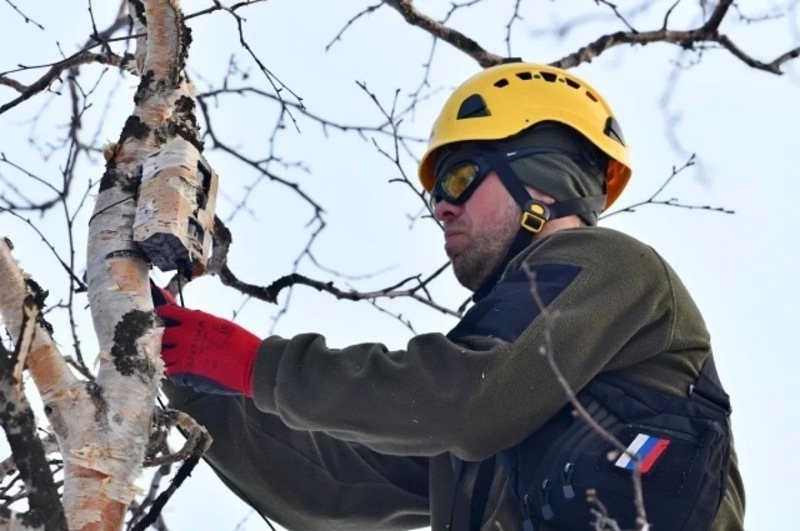A large-scale scientific expedition has been launched in Kamchatka, designed to preserve populations of rare endangered fish-eating birds. The youth laboratory of the local university, together with the staff of the Volcanoes of Kamchatka network of natural parks, conducted field research in the Lake Nachikinskoe reserve to study the nesting features of these vulnerable species.

To survey the vast territory of the reserve, including the shores of Lake Nachikinskoye and the valleys of the Taburetka, Yagodnaya, Pryamaya, Grishkina and Gustaya rivers, the scientists used modern equipment: snowmobiles for moving through hard-to-reach terrain and unmanned aerial vehicles for aerial monitoring. Daria Panicheva, head of the Youth Laboratory, said that during the expedition they managed to find two nests of the white-winged eagle right on the shore of Lake Nachikinsky, as well as three nests of the osprey, located three kilometers from the northern border of the reserve, on the Plotnikov River.
For a detailed study of the breeding biology of rare birds, to determine the timing and characteristics of their reproduction, ornithologists have installed special camera traps on the nests of eagles. These devices will allow scientists to continuously monitor the life of birds without interfering with their natural course. The data obtained will help identify the factors influencing the success of reproduction and develop effective measures to protect these species.
The next stage of research is scheduled for July. Scientists will return to the nests to ring the chicks and equip them with GPS-GSM trackers. These miniature transmitters will allow you to track the migration paths of young birds, which will provide valuable information about their wintering and feeding grounds. In addition, experts will replace the batteries in the camera traps and collect the data accumulated over the past five months.
The comprehensive work carried out by Kamchatka scientists is not just a scientific study, but a real contribution to the conservation of the region’s biodiversity. Studying rare bird species, monitoring their populations and tracking migrations are the most important steps towards preventing the extinction of these unique creatures, which are an integral part of the Kamchatka ecosystem.